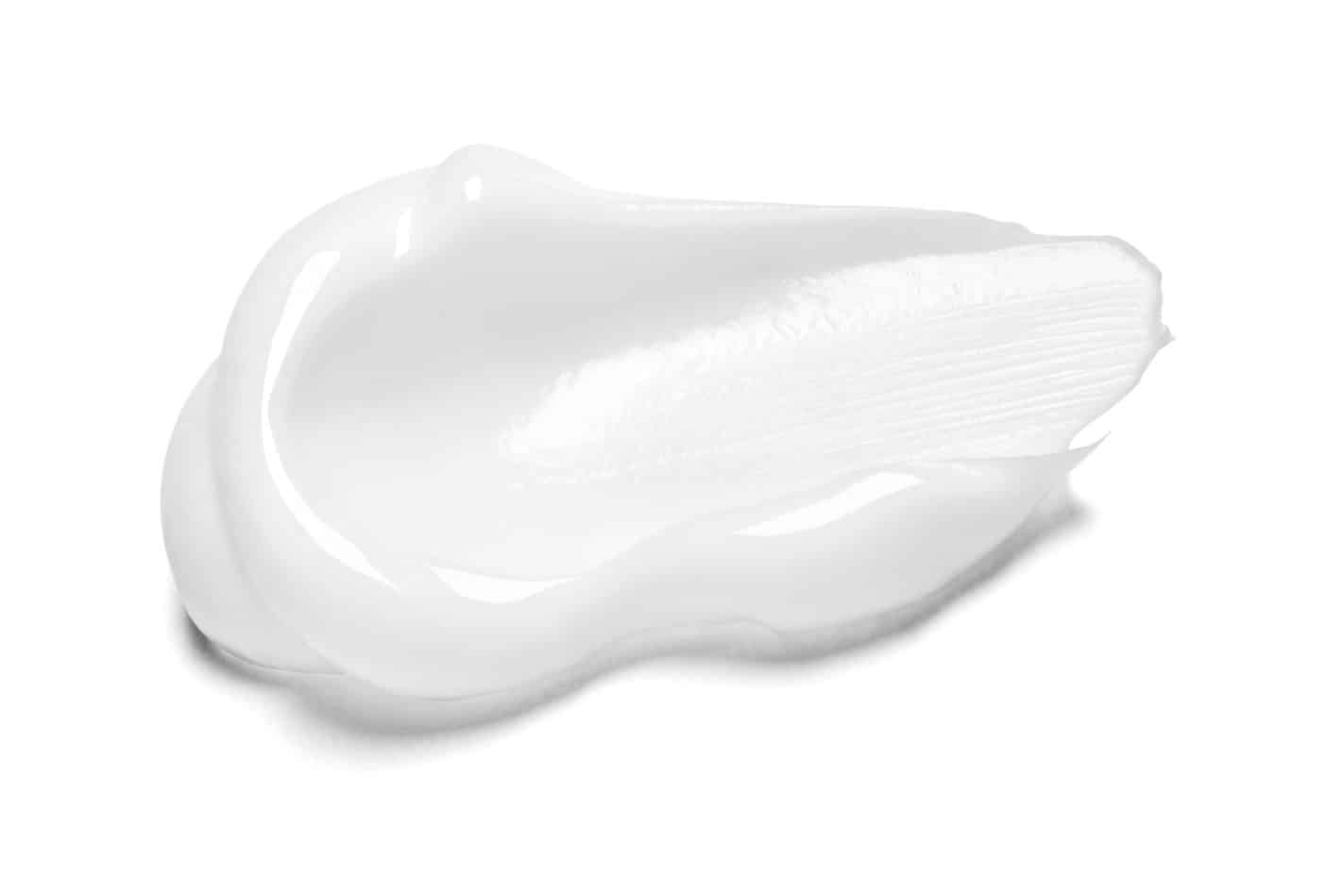Free of products

A new trend in cosmetics enjoys increasing popularity: Clean Beauty. “Clean” in this context means to be “free of products”. The precise definition of clean beauty frequently is a matter of interpretation: the term is not yet subject to a legally regulated standard. That is the reason why it is often used improperly or misleadingly – intentionally or not. The origin of clean beauty can be explained by the increasingly critical attitude of the consumers. Products presented with “wellness” or “natural” benefits are regarded to be better.
Special focus on “clean” ingredients and transparency
Environmentally conscious and health-conscious consumers are aware of the fact that synthetic additives like perfumes and preservatives can cause irritations and allergic reactions. They inspect the labels much more critically and in detail than ever before. Actually, increasingly more persons are affected by very sensitive skin states. The explanation is obvious. Environmental pollution and contamination, digital aggressors and stress have increased and given rise to the world-wide phenomenon of sensitized skin. That does not surprise: “The environmental Working Group”, a US association, found out that today women daily are exposed to over 125 chemicals existing in cosmetics, food, cleaning agents and environment. The increasing sensitivity of skin for most consumers has become a concern of prime importance, ranking above anti-aging.
As a consequence, buying behavior is going to change. Consumers prefer skincare products with natural and authentic ingredients from transparent origins. The industry has recognized the ongoing change and has coined the term clean beauty. Cosmetics offered as clean beauty are free of products without critical or controversial ingredients and not tested on animals. However, clean beauty does not mean the same as “vegan”, “free of synthetic ingredients” or “natural”. It has only a guiding function for the buying decision. The term clean beauty serves as a signpost or orientation for consumers who deliberately want to avoid certain ingredients in the jungle of products.
Clean beauty is free of …
Persons looking for clean beauty want free of products avoiding certain substances. Which substances? There is no universal definition of the term; “free of … “ may refer to very different types of substances.
Silicones
Silicones have been traditional components in many hair and face care products with plumping, fixing and smoothing effects. Unfortunately, they have some embarrassing side effects. Silicones are suspected of adversely influencing the hormone balance, even causing reproduction toxicity.
PEG (Polyethylene glycols)
PEG improve the consistency of cosmetic products by working as emulsifiers mixing water and oil. Polyethylene glycols are suspected of being cancerogenic, the main culprit being the basic substance ethylene oxide.
Synthetic perfumes
Many synthetic perfumes are potential allergens. Used in cosmetic products they possibly could cause swelling or itching. Even if a product is called a clean beauty product that does not mean that it is completely free of synthetic perfumes. Some so-called free of products contain low concentrations (under 1.0 percent). In that case clean beauty does not mean completely “free of …”.
Parabens
Parabens are highly controversial. Their effect is similar to the feminine hormone estrogen and can disturb the hormone balance. Parabens are frequently used as preservatives protecting products from perishing. They have fallen into disrepute mainly because of propylparaben and butylparaben.
Phthalates
The softening agents with the difficult name are absorbed by skin and from there penetrate into the body. They can disturb the hormonal balance. In the list of ingredients, phthalates are abbreviated as DBP, DEHP, DEP und BPA.
Oxybenzone
Oxybenzone has irritating and allergic potentials and adverse effects on the hormone balance. Used as a chemical sun protection filter, it can be easily absorbed into the body. It is not suitable for superior free of products.
Sulfates
Sulfates are salts derived from sulfuric acid. They are used in cosmetics because of their cleansing and lathering properties. Unfortunately, they often are aggressive and do not only remove oil and dirt but damage the protective lipid layer. With longer use skin and hair become dry. Moreover, sulfates cause skin irritations and redness.
Ethanolamine
It is not unusual that ethanolamine is contaminated with nitrosamine or other chemicals which are suspected of promoting cancer. It is no-go in free of products.
Mineral oils
Mineral oils are filtered petroleum and called petroleum, petrolatum, paraffinum or liquidum. They are used in lotions, lip care sticks and nail lacquers. They have a slightly smoothing effect but they can clog the pores impeding skin’s exchanges and finally dehydrating it because they seal skin’s surface like an airtight coating.
Formaldehyde
Formaldehyde is suspected to be cancerogenic and to accelerate skin aging. Nevertheless, it still exists in many skincare and hair treatment products. Already tiny quantities of the substance can cause allergies and irritate the mucous membranes. In cosmetics formaldehyde today is rarely used in its “pure” form; traces of formaldehyde usually are releasers from other ingredients. The negative effects, however, are the same as of pure formaldehyde. One should not withhold the fact of the toxicity of formaldehyde gas.
Does the claim free of products really guarantee clean cosmetics?
Free of products should fulfill the expectation that they contain only minimal percentages of or no questionable ingredients, though the description is not subject to legal regulations. A guarantee that clean beauty products really are “free of products” does not exist. The term clean beauty indicates to the consumers that the products may be good for their skin or their hairs. It does not give any evidence of the real natural quality of the product; to get the answer its components had to be analyzed. It is not unusual that advertising claims attribute natural qualities to clean beauty which by no means correspond to the list of ingredients.
Clean beauty is a slogan coined for marketing reasons suggesting closeness to natural cosmetics. Authentic natural cosmetics are subject to particularly strict regulations and directives. Today’s thorough analyses detect minimal traces of substances on ppb level (“parts per billion”). A recommendable strategy is to rely on your own cosmetics philosophy and to prefer descriptions like “We do not use …..”. It makes sense giving precise details of the active agents and precious ingredients contained in the product. To be authentic free of products have to be based on analytical evidence proving that they are really free of certain critical substances.
Superior clean beauty products by Cosmacon
To ensure that clean beauty is not only clever marketing politics but a segment of products of superior quality precise analyses of the ingredients are indispensable. We, Cosmacon, together with our analytics specialists are excellently positioned to develop and manufacture your clean beauty products which rightfully deserve the free of products label and clearly differ from sales promoting trends. Each brand has its own definition of clean beauty. The most convincing property is authentic quality.
